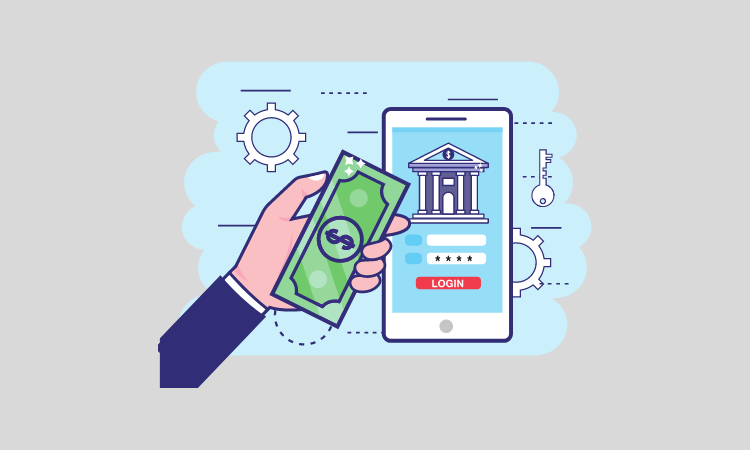Member Exclusive, Podcasts
Behind the launch of the Dayforce Wallet: Ceridian’s Seth Ross
- As a payroll provider, Ceridian moves $300 billion in wages yearly.
- Seth Ross, who runs the firm's embedded finance group, joins the podcast to talk about Ceridian's move into banking and early wage access.








